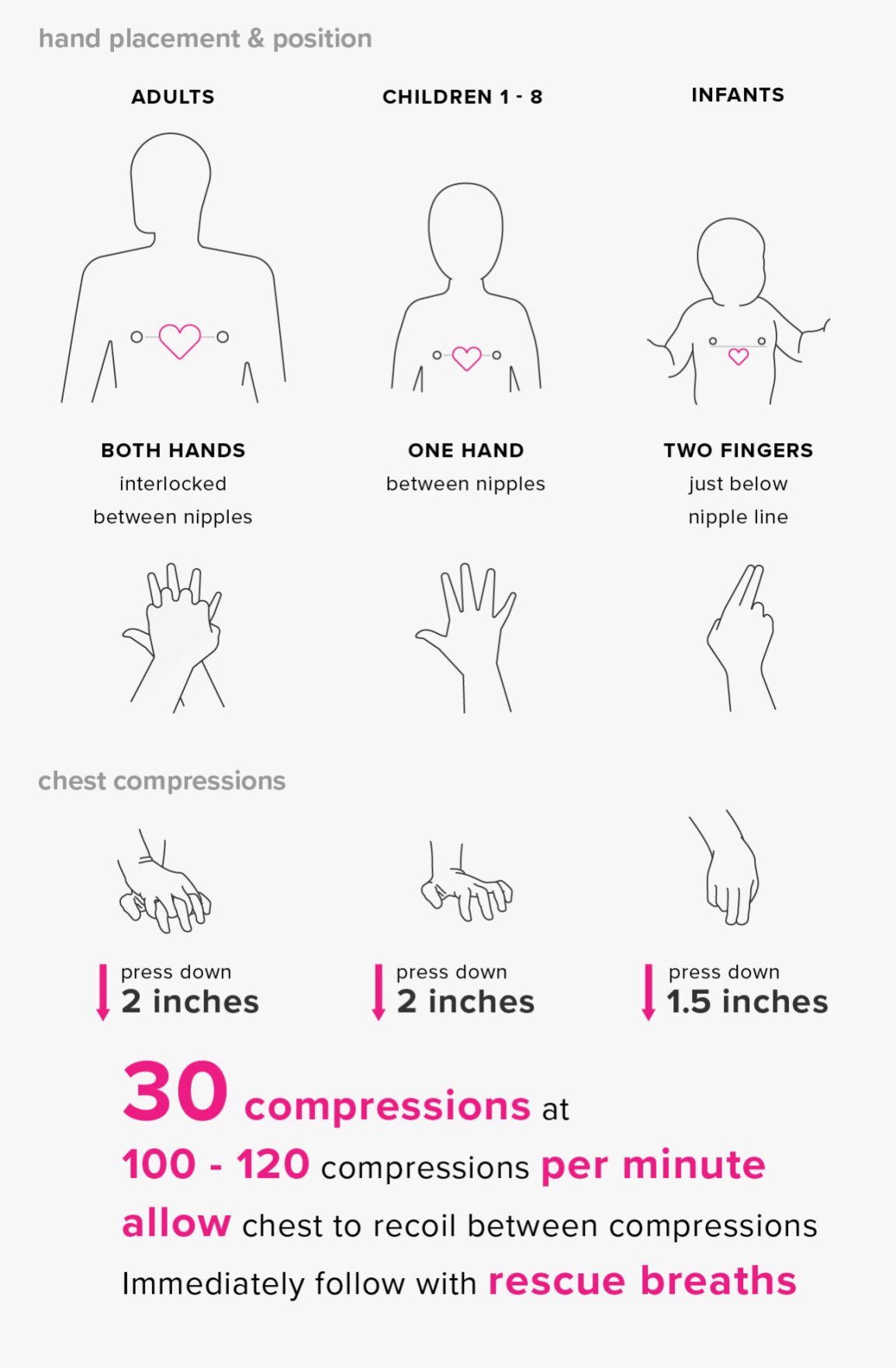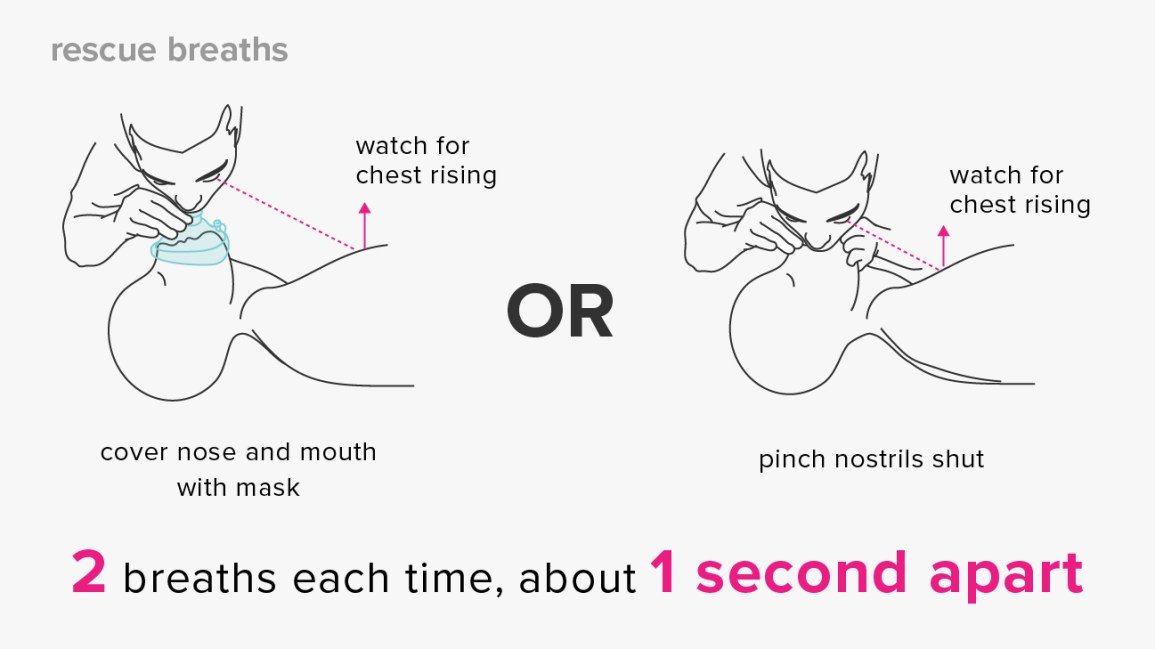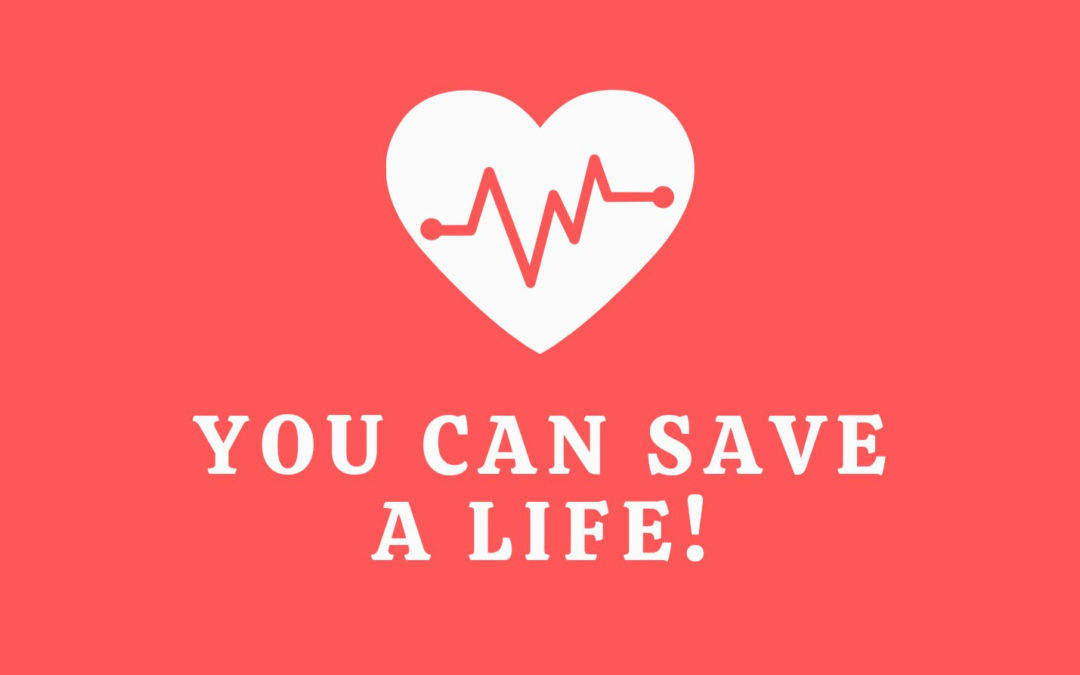You do not have to be an expert doctor to save a life. Learn lifesaving first aid and you too can save a life.
Let’s learn how to perform CPR:
Cardiopulmonary resuscitation (CPR) is a lifesaving technique. It aims to keep blood and oxygen flowing through the body when a person’s heart and breathing have stopped.
Steps for performing CPR:
1. Check the scene for safety.
Make sure it’s safe for you to reach the person in need of help.
2. Check the person for responsiveness.
Tap their shoulder and ask loudly, “Are you OK?”
3. If the person is not responsive, seek immediate help.
Call the ambulance or your local emergency services or ask someone to do so.
4. Check for breathing.
– Open the airway. Put the palm of your hand on the person’s forehead and tilt their head back. Gently lift their chin forward with your other hand.

– Look to see if their chest is rising and falling.
– Listen over their mouth and nose for breathing sounds.
– Feel their breath against your cheek.
– Check for no longer than 10 seconds.
5. If the person is not breathing, give 30 chest compressions.
– Hand position:
* For adults and older children; both hands interlocked centered on the chest.
* For small children; one hand with the heel of the hand in the middle of the chest.
* For infants; two fingers or both thumbs next to each other in the center of the chest.
– Body position: Shoulders directly over hands; elbows locked.
– Depth: At least 2 inches for adults and children, and 1.5 inches for infants.
– Rate: 100 to 120 compressions per minute.
– Allow chest to return to normal position after each compression.

6. Give 2 breaths.
– Open the airway to a past-neutral position using the head-tilt/chin-lift technique.
– With the airway open, pinch the nostrils shut, and cover the person’s mouth with a CPR face mask to make a seal. For infants, cover both mouth and nose with the mask. If a mask isn’t available, cover the person’s mouth with yours.
– Give two rescue breaths and ensure each breath lasts about 1 second and makes the chest rise. Allow air to exit before giving the next breath.

– If the chest does not rise, try to retilt the head. Ensure there is a proper seal when giving the next breath.
7. Continue alternating 30 compressions with two rescue breaths until the person begins to breathe or until medical help arrives.
If the person begins to breathe, have him or her lie on their side quietly until medical assistance is on the scene.
Note: To prepare to give chest compressions, place the person safely on their back on a firm, flat surface and kneel beside them.
Sources:
The American Red Cross website | Healthline website | National Health Service website.


